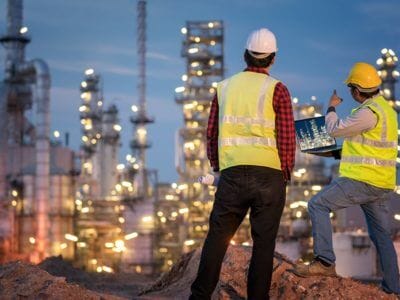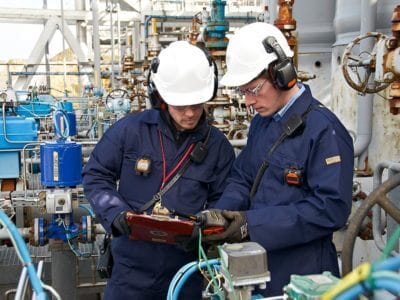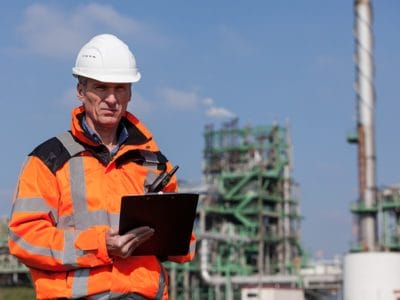
Continuous Ground Gas Monitoring
Gases are produced in the subsurface layer of landfills during the decomposition stage
In addition to methane (CH4) and carbon dioxide (CO2) from landfill, numerous trace gases may be present in ground gas, depending on the nature of the contamination or underground activities. Other constituents principally may include carbon monoxide (CO) and hydrogen sulphide (H2S) as well as a cocktail of other hydrocarbons and volatile organic compounds (VOCs).
Ground Gas Monitoring – Subsurface Guide
Landfills are sites where waste materials are disposed by burial, and the biogenic gases produced on these sites are known as ‘landfill gases’.
Landfills are sites where waste materials are disposed by burial, and the biogenic gases produced on these sites are known as ‘landfill gases’. Landfill gases are produced in the subsurface layer of landfills during the decomposition of buried waste materials. The gas is approximately made up of 60% methane (CH4) and 30% carbon dioxide (CO2), with trace amounts of other organic vapours and gases. The proportion of these compounds, as well as the overall quantity and rate of gas production, depends on the stage of decomposition, the operational conditions, density, composition, and age of the buried waste material.
– AWE Magazine; Subsurface Landfill Gas Monitoring
”The ultimate objectives of the monitoring work must be determined prior to selection of monitoring installation, locations for sampling points and choice of instrumentation. According to a joint NHBC and RSK Environmental Group publication 4 a preliminary risk assessment (PRA) and an Initial Conceptual Site Model (ICSM) are currently considered best practice when making these decisions.
NHBC
Environmental remediation deals with the removal of pollution or contaminants from environmental media such as soil, groundwater, sediment, or surface water. This would mean that once requested by the government or a land remediation authority, immediate action should be taken as this can impact negatively on human health and the environment.
Clearly these potentially catastrophic outcomes must be avoided and whether a landowner, developer or regulator the objective is identical; namely to ensure that any existing or proposed development remains or is undertaken safely.
Gas Migration
Uncontrolled subsurface gas migration and emission from anthropogenic sources such as landfill, abandoned coal mining or contaminated land due to current or past industrial processes, poses a number of risks to the environment as well as human health & safety because of the risk of an explosion or acute/chronic health problems all potentially leading to fatality!
Clearly these potentially catastrophic outcomes must be avoided and whether a landowner, developer or regulator the objective is identical; namely to ensure that any existing or proposed development remains or is undertaken safely.
Frequency of Measurements
According to Construction Industry Research And Information Association CIRIA, the ground gas monitoring rounds should:-
- encompass varying climatic conditions (specifically atmospheric pressure), including at least one period of falling pressure and one after/during heavy rainfall; Regular monitoring rounds over a period of stable conditions will determine the existence of variations in ground gas presence that are not due to changes in weather
- Where regular fluctuations in the water table occur (e.g. in tidal regions), ground gas monitoring should be carried out throughout the cycle to determine influences on the ground gas regime and the presence or absence of a time lag in response to such water table changes.
UNATTENDED, CONTINOUS MONITORING….
Download our FREE Guide
“Ground Gas Monitoring – Subsurface Guide”
The ground gas monitoring – subsurface guide which can be downloaded below provides the reader with an in-depth balance of knowledge on a variety of gases that might be present in the ground naturally, such as from coal measures and peat deposits, or as a result of contaminated ground such as from landfill sites, infilled ground and spilled or leaked petroleum hydrocarbons. These gases need to be monitored and contained, the challenge however remains for environmental consultants, civil engineers and other professionals charged with site investigation. How do they gather sufficient data in order to provide a risk assessment and make recommendations on mitigation works or building design features.


















